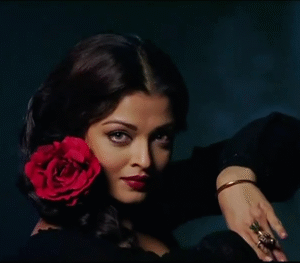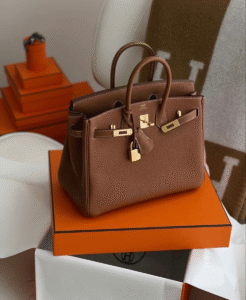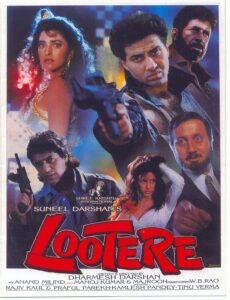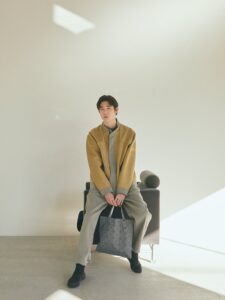Haute Couture–to an average media consumer, a reasonable fashion enthusiast or even someone who’s aware of everything popular and debated, is a term that has the potential to to take them back to the highly popular Daniel Roseberry-designed “lion dress” worn by the reality star Kylie Jenner at the Schiaparelli 2023 spring fashion show. Another widely popular instance of haute couture that has imprinted on the public’s mind is Coperni’s spray painting a slip dress onto supermodel Bella Hadid at Paris fashion week last year.
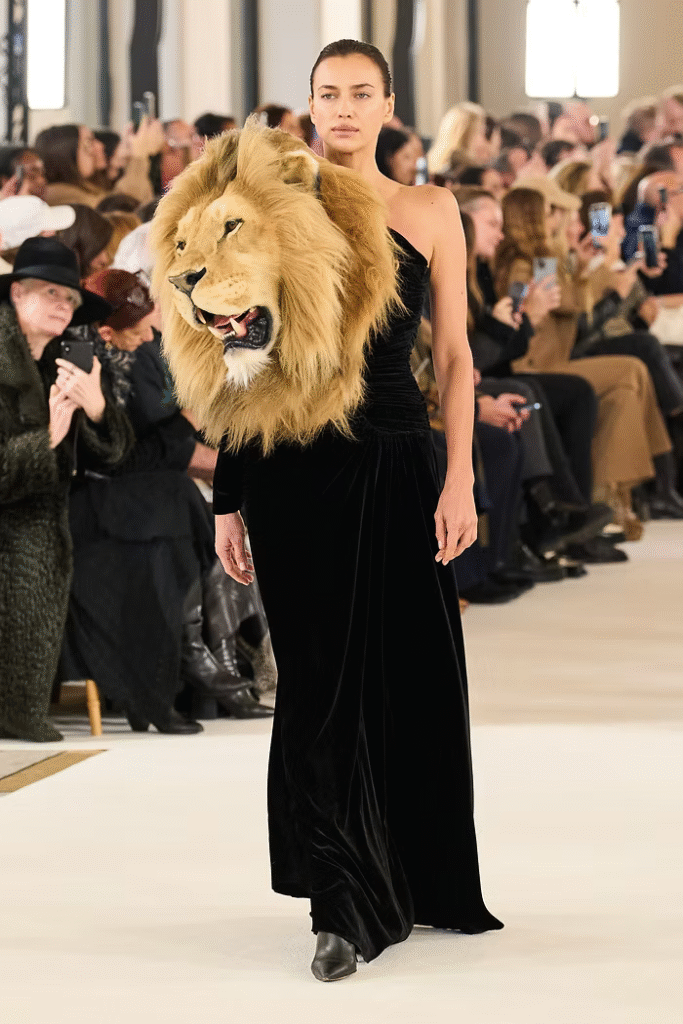
With the kind of popularity and esteem the runway holds, the sensational designs that are presented, the celebrity involvement as well as the social media buzz, haute couture as a separate class of fashionwear seems to be thriving.
Couture buyers are consumers who can afford to pay the humongous cost of production, exclusivity and creativity attached to a design, which usually means the elite or the cream of the society who hold financial and social means to afford such a luxury. These buyers have a keen eye for craftsmanship and hence are always on a lookout at fashion weeks or runways to curate a high-end wardrobe for themselves.
However, they form a very small section of the global population,(approximately 4000). And while this number has decreased over time, it has managed to sustain the ostentatious industry, which was recently valued at USD 11472.61 million in 2021 and is projected to reach USD 13456.60 million by 2028.
So how does this small consumer base for Haute couture co-exist with the constant monumental successes of fashion weeks, particularly the Paris Fashion Week, all over the world?
Haute Couture can be understood as elaborate pieces of textile craftsmanship made to order, to portray class, status and sometimes even make a political statement.
The era of Haute couture began in 1859, in Paris. It however faced a sudden shock post the World War II when huge fashion capitals all over the world slowly leaned towards high quality mass-production of clothing. As the haute couture houses slowly began to disappear under the helms of bankruptcy, it was Yves Saint Laurent and his introduction of prêt-à-porter that allowed his brand to stay afloat.

However, Couture continued to remain an unprofitable business with fashion houses being closed every now and then, until Bernard Arnault purchased Dior in 1984 and forever changed the way the world viewed haute couture. Now haute couture was seen as a means of advertising or marketing allowing the brands to create a luxurious dream on the runway, which enticed the average consumer who wanted to buy into the dream even if it was only restricted to smaller chunks of the brand. The brands therefore created a pyramid structure of hierarchy, with haute couture at the top, followed by ready-to-wear and finally fragrances and small leather products which proved to be the most profitable segment of all.
These luxury brands that produce haute couture pieces are more often than not home to other products such as perfumes, ready-to-wear garments, jewellery, cosmetics, handbags and purses etc. The couture pieces contribute a small portion of profits to the monumental earnings they generate usually owing to their other products mostly. The couture houses actually end up selling a small portion of the model garments to the select customers.
The point of elaborate runway shows and displays at fashion weeks, that are so painstakingly invested in, are to market and ‘sell’ their image and aesthetic. These shows garner huge media attention, involve A-list celebrities wearing glamorous pieces and being subjects of public discussion and enthusiasm, while targeting their exclusive and most important clientele on an invite only basis. All in all, huge publicity is achieved, the design standard and the brand aesthetic is maintained and established time and again.

This was witnessed in the iconic 2007 Fendi show hosted by Karl Lagerfield at the Great Wall of China, or the numerous other shows at the Grand Palais in Paris, all of this effort into the staging of the event adds to the marketing appeal of the brand. This very process aids and maintains the desire, demand and sales of the other luxury products sold by the brands.
At the recent event of the iconic Superbowl halftime performance, Rihanna’s red ensemble not only caused demand for the red Maison Margiela sneakers to skyrocket, but also put the brand on the public radar effectively. While this is not an instance of a fashion show, it does demonstrate how displays of garments and couture are good PR for the brand itself.
Couture also sets the season’s trends that subsequently reflect in ready-made garments and the fast fashion sector primarily dominated by budget friendlier brands like Calvin Klein, Zara, H and M etc. If hot-pink is the season’s colour, it is because the trend set at the runway level itself trickles down to the accessible range of fashion.
Apart from this, couture caters to the rich’s need for personalised, customised clothing. Couture holds paramount importance to these folks since they also need to make powerful appearances in the public or professional sphere. It gives them the option to stand out by wearing high-end, exclusive creations in the day and age of accessibility, where a Birkin bag or a Chanel belt are more accessible to the average consumer than ever.
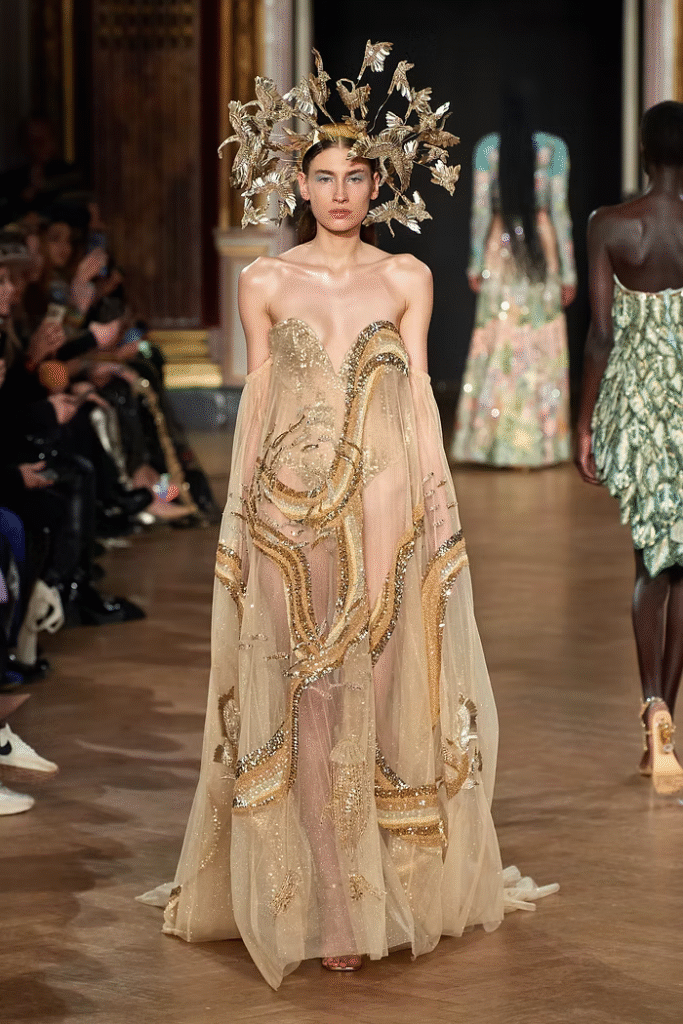
There also exist guilds of small-scale designers too who don’t rely on couture as a medium of advertisement or image-building and have to cater to their regular client base spread out globally.
While it may be easy to perceive that couture is dying or has no purpose, it has its own set of devoted and consistent customers globally, who show no inclination to move away from their choice.
The adaptive tendencies of couture houses and the Federations that govern them can also be given credit for their continued thriving in today’s digital atmosphere. For example, the Chambre Syndicale de la Haute Couture, the French Regulating Commission that regulates Haute couture houses, amended its bylaws and has inducted several luxury houses like Fendi and Ellie Saab into the commission, to survive the pandemic and the subsequent sweep of the Metaverse. Several brands part of this federation have successfully held virtual shows.
Apart from all of these reasons that explain why Haute Couture and fashion weeks continue to thrive, it all squares down to the fact that Haute Couture and the culture of holding larger-than-life Fashion weeks in a year is the very root and essence of fashion itself.
Removing this proves to be impossible and meaningless, considering how the most powerful sections of society are here for it and how these luxury houses are reliant on their own Couture displays. The big four shows, especially the Paris Fashion Week, are what preserve the glamour, intricacy and creativity of high fashion.


